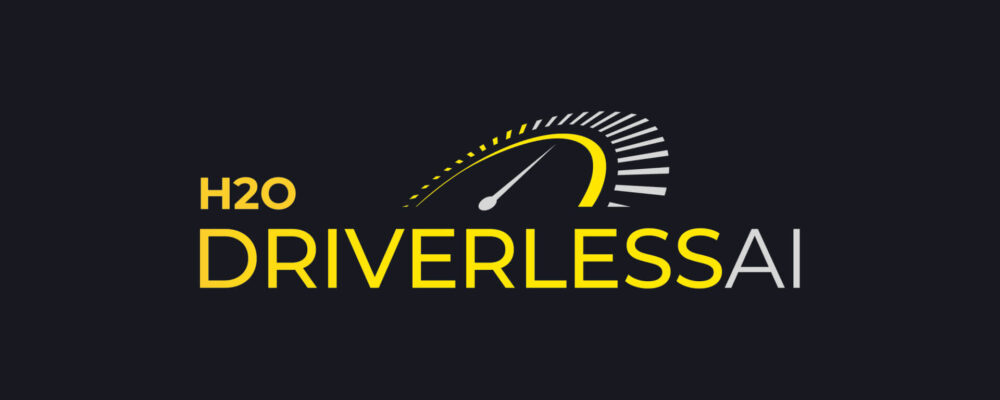In an era where data-driven decision-making is paramount, H2O.ai Driverless AI has emerged as a powerful solution to bridge the gap between complex machine learning techniques and accessible, business-ready applications. Designed with enterprise needs in mind, Driverless AI streamlines the machine learning workflow, making it possible for organizations to leverage the potential of artificial intelligence without extensive technical expertise.
At its core, H2O.ai Driverless AI automates the end-to-end machine learning process, covering everything from data ingestion and feature engineering to model tuning and selection. This automation not only accelerates development but also democratizes machine learning, empowering business users and data scientists alike to produce high-quality models quickly and efficiently.
Transforming Business Operations with AutoML
A central feature of Driverless AI is its robust Automated Machine Learning (AutoML) capabilities. The platform’s automation layers reduce reliance on highly specialized data science talent, allowing organizations to focus on operationalizing insights rather than spending months on model development. By automating complex tasks like feature engineering, Driverless AI identifies patterns and generates features that enhance model accuracy and relevance for specific business use cases. This capability makes it particularly valuable in sectors like finance, healthcare, and retail, where accurate predictions drive real-time decision-making.
Explainable AI: Building Trust through Transparency
As enterprises adopt machine learning to inform high-stakes decisions, transparency is increasingly critical. Driverless AI addresses this need with Explainable AI (XAI)—a suite of interpretability tools designed to help users understand how models reach their predictions. By incorporating methods like SHAP (SHapley Additive exPlanations) and LIME (Local Interpretable Model-agnostic Explanations), Driverless AI enables users to pinpoint the influence of individual features on model outputs. Additionally, surrogate models within the platform provide a simpler representation of complex models, offering further clarity to stakeholders and making the platform suitable for regulated industries requiring auditable AI.
Broad Applicability Across Industries
Driverless AI is designed to handle diverse data challenges across various industries. Its time series forecasting capabilities, for instance, enable businesses to make forward-looking decisions in areas such as inventory management, financial trend analysis, and predictive maintenance. In sectors like finance and telecommunications, Driverless AI is used for detecting fraud, forecasting customer churn, and optimizing resource allocation. This versatility allows enterprises to leverage machine learning in multiple facets of their operations, enhancing both efficiency and profitability.
Scalable Integration and Deployment Options
One of the platform’s strengths is its ability to integrate seamlessly with a range of data storage solutions, cloud providers (including AWS, Google Cloud, and Azure), and enterprise ecosystems. It’s optimized for on-premises, cloud, or hybrid deployments, allowing organizations to adapt the tool to their unique data infrastructure. H2O.ai Driverless AI’s support for REST APIs and its compatibility with Kubernetes and Apache Spark make it a powerful choice for businesses with large-scale data pipelines or real-time analytics needs.
Flexible Licensing and Support for Growing AI Needs
H2O.ai Driverless AI is available on a commercial basis, with licensing tailored to accommodate different organizational needs and deployment sizes. Enterprises can start with a free trial to explore the platform’s functionality before committing to a customized pricing plan. This flexibility, combined with comprehensive documentation, tutorials, and a vibrant community, provides enterprises with the resources and support necessary to achieve their AI goals.
Conclusion
H2O.ai Driverless AI represents a significant leap forward in automated machine learning, enabling enterprises to unlock the power of AI while addressing the crucial needs for transparency, scalability, and efficiency. With its robust AutoML features and dedicated explainability tools, Driverless AI not only reduces the complexity of machine learning but also fosters trust and accountability in model outcomes—qualities essential to success in today’s AI-driven economy.

